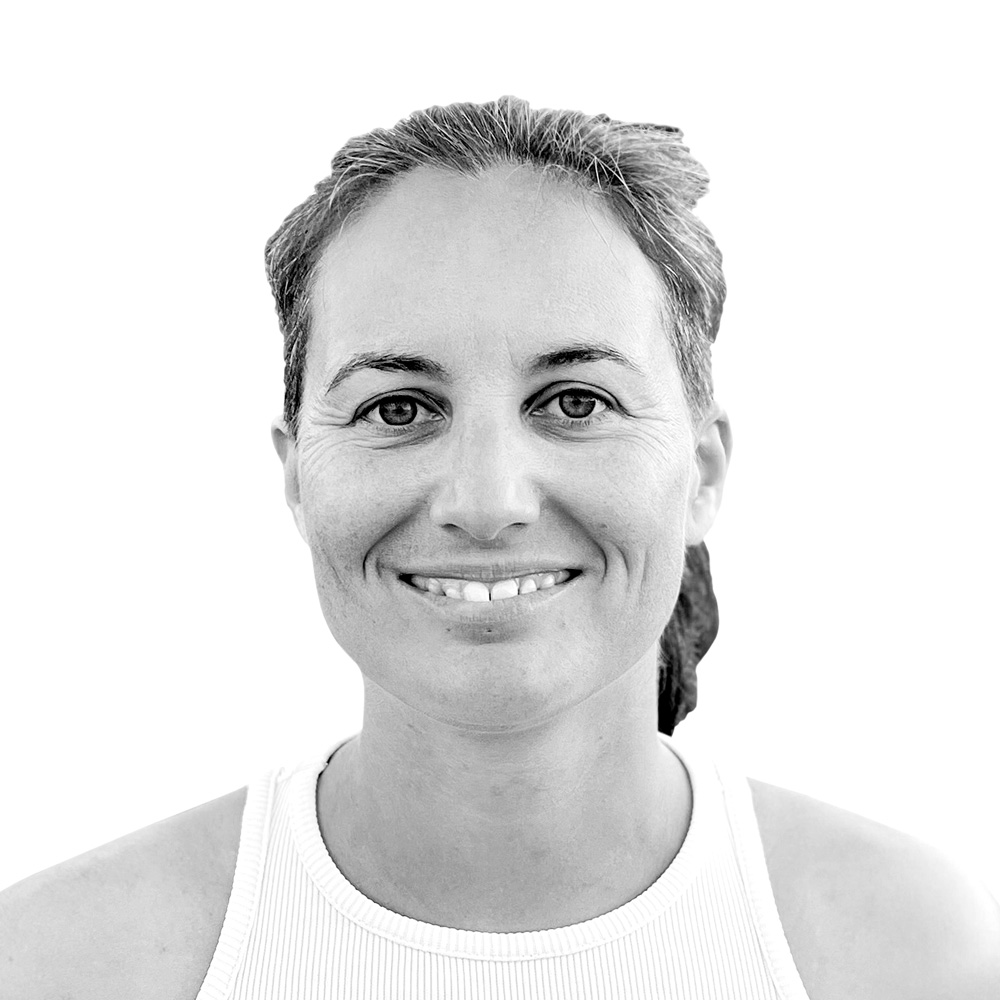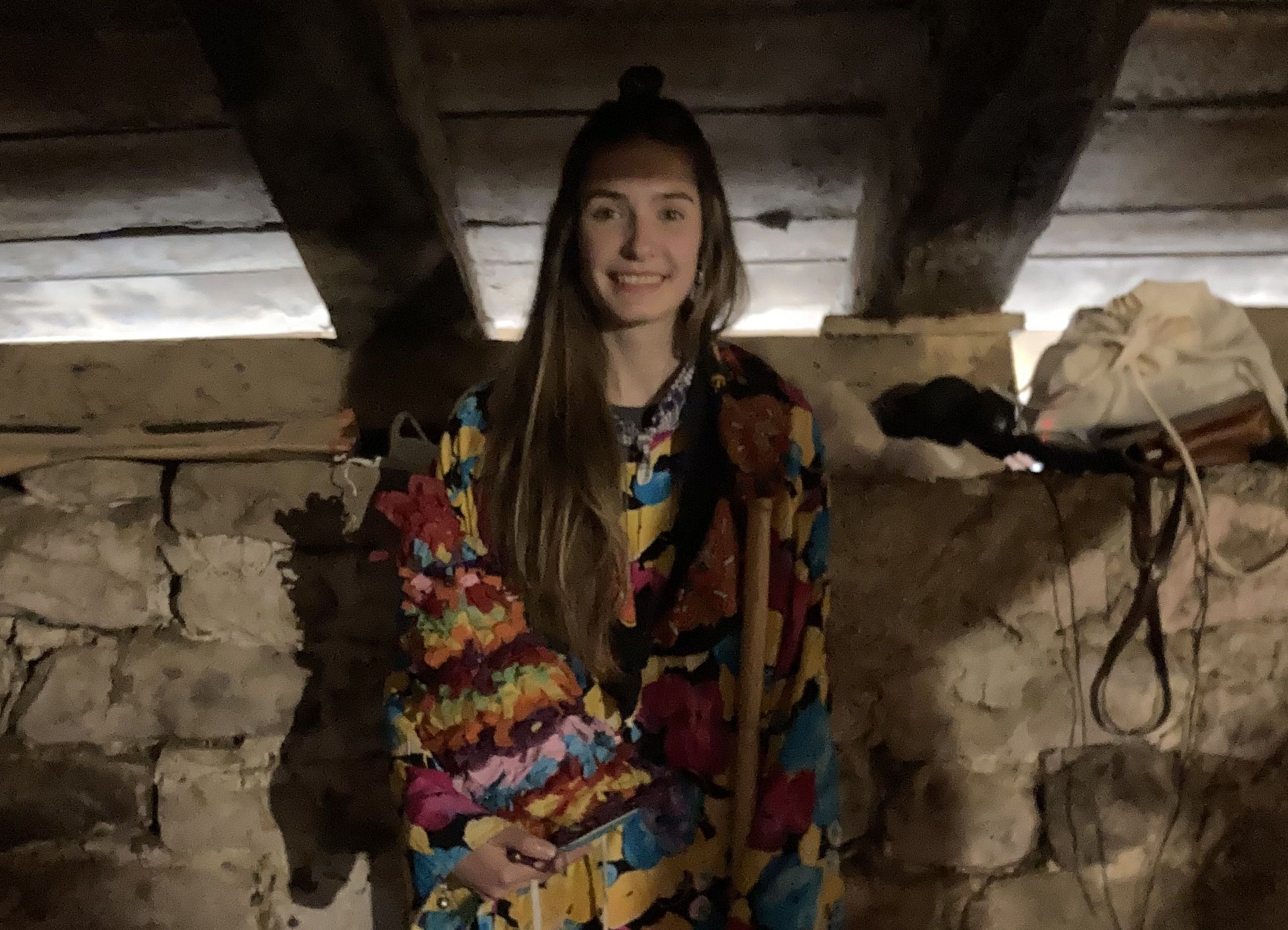The image of women in film
It's not easy to specify what art is, but what we ask of all art is that it be beautiful, that we get excited by its beauty, that it softens us, that it soothes our deep interior.
Cinema is an art, also called seventh art: architecture, dance, sculpture, painting, literature, which has come after music.
Since its premiere in Paris on December 28, 1895, cinema has been a popular art, to which anyone can access, a dream that reaches many people.
Along with the narratives that the movies tell us, they show us values, knowledge and behaviors that educate us unconsciously.
From a very young age, sitting at the bank of the cinemas, quiet, we devour everything, we teach ourselves the paths we must follow in a subtle way. A really powerful art.
Since it began at the end of the 19th century until today, film has undergone a great technical transformation, however, the images offered to us by high-capacity producers, along with the accounts, have not changed substantially with regard to women. Women appearing in films like heterosexuals, faithful to their husband, sympathetic, submissive, honest, fine mothers, who know how to respect the norms and limits of society.
There are others that counterbalance the figure above, the wrongdoers, the seductive, but they always end up wrong. Then, under the direction of some authors, the wives become dirty, castrating mothers, destroying their child's life: As it appears in Alfred Hitchcock's Psychon in 1960.
The desirable objects were women, Marlene Dietrich was one of the most prominent in the hands of director Von Stenberg. For his part, Federico Fellini offered us in 1979 a strange woman who dreams of the city of women: sensual waist down, sexual. From the waist up, like that of the Painful Mothers, who silently withstands all suffering.
How complicated are some men!
In the 1990s, directors appeared that showed their sensitivity to women. The example of Ridley Scotter is Thelma & Louise. She tells us the story of two women who want to live a free day, even though the situation is brought down by a rape, they are moving forward with great determination.
In film, the image of the woman changes and subverts when she is the director. As a creator, as a subject of the narrative, he shows his own reflections, desires, dreams and frustrations.
More and more women are working in film. Among others, we have the Belgian Agnés Varda, known as “the grandmother of the new waves”. In her successful Cléo from 5 to 7, 1962, she tells us two hours of a day of a woman while waiting for a medical diagnosis. The Australian Jane Campion, author of the film The piano, tells us through this narrative the deepest feelings of a woman. The Dutch Marleen Gorris, in Antonia et ses filles, through her protagonist Antonia, makes an exciting reflection on life. Oscar-winning for Best Foreign Film in 1996.
However, directors’ cinemas do not normally spread as easily because they are not of interest to large producers.
Aspaldi pertsona oso zatar bat ezagutu nuen, urrun izatea komeni den pertsona horietako bat. Bere genero bereko pertsonengana zuzentzeko, gizonezkoengana, “bro” hitza erabili ohi zuen. Edozein zapaltzeko prest zegoen, bere helburuak lortzeko. Garai hartatik hitz... [+]
La bajona kolektibo kide Heiko Elbirak salatu du psikiatriak zisheteroarautik aldentzen diren erotikak kontrolatu nahi dituela.
Prentsaurrekoa eskaini dute ostegun honetan Marc Aillet Baionako apezpikuak, elizbarrutiko hezkuntza katolikoko zuzendari Vincent Destaisek eta Betharramgo biktimen entzuteko egiturako partaideetarikoa den Laurent Bacho apaizak. Hitza hartzera zihoazela, momentua moztu die... [+]
Antifaxismoari buruz idatzi nahiko nuke, hori baita aurten mugimendu feministaren gaia. Alabaina, eskratxea egin diote Martxoaren 8ko bezperan euskal kazetari antifaxista eta profeminista bati.
Gizonak bere lehenengo liburua aurkeztu du Madrilen bi kazetari ospetsuk... [+]
11 adin txikikori sexu erasoak egiteagatik 85 urteko kartzela zigorra galdegin du Gipuzkoako fiskaltzak. Astelehenean hasi da epaiketa eta gutxienez martxoaren 21era arte luzatuko da.
MAITE: (biharko eguna antolatzen bere buruaren baitan) Jaiki, gosaldu, bazkaria prestatu, arropa garbitu, etxea garbitu, gizon hori jaiki, seme-alabak jaiki, hiru horien gosaria prestatu, haiek agurtu, erosketak egin, lanera joan, seme-alabak eskolatik jaso, merienda eman,... [+]
Matxismoa normalizatzen ari da, eskuin muturreko alderdien nahiz sare sozialetako pertsonaien eskutik, ideia matxistak zabaltzen eta egonkortzen ari baitira gizarte osoan. Egoera larria da, eta are larriagoa izan daiteke, ideia zein jarrera matxistei eta erreakzionarioei ateak... [+]
Lantzeko inauteri txikien kalejira ikusle guztien begietara urtero modukoa izan zen. Txatxoak, Zaldiko, Ziripot eta Miel Otxin herriko ostatuko ganbaratik jaitsi eta herritik barna bira egin zuten txistularien laguntzarekin. Askok, ordea, ez zekiten une historiko bat bizitzen... [+]
Elizak 23 kasu ditu onarturik Nafarroa Garaian. Haiek "ekonomikoki, psikologikoki eta espiritualki laguntzeko" konpromisoa adierazi du Iruñeko artzapezpikuak.
15 urteko emakume bati egin dio eraso Izarra klubean jarduten zuen pilota entrenatzaile batek.
Lestelle-Betharramgo (Biarno) ikastetxe katolikoko indarkeria eta bortxaketa kasuen salaketek beste ikastetxe katoliko batzuen gainean jarri du fokua. Ipar Euskal Herriari dagokionez, Uztaritzeko San Frantses Xabier kolegioan pairaturiko indarkeria kasuak azaleratu dira... [+]
Uribe Kosta BHI institutuko hainbat ikaslek salatu duenez, mezu "iraingarriak, matxistak eta homofoboak" jaso dituzte Batxilergoko beste ikaskide batzuengandik. Horrez gain, gaineratu dute mezuak irakasle bati ere bidali dizkiotela eta beste ikasle batzuen... [+]
Bi neska komisarian, urduri, hiru urtetik gora luzatu den jazarpen egoera salatzen. Izendatzen. Tipo berbera agertzen zaielako nonahi. Presentzia arraro berbera neskek parte hartzen duten ekitaldi kulturaletako atarietan, bietako baten amaren etxepean, bestea korrika egitera... [+]
Martxoak 8a heltzear da beste urtebetez, eta nahiz eta zenbaitek erabiltzen duten urtean behin beren irudia morez margotzeko soilik, feministek kaleak aldarriz betetzeko baliatzen dute egun seinalatu hau. 2020an, duela bost urte, milaka emakumek elkarrekin oihukatu zuten euren... [+]
Neska adingabeari sexu abusuak era jarraituan egin zizkiola frogatutzat jo du Bizkaiko Lurralde Auzitegiak.




















